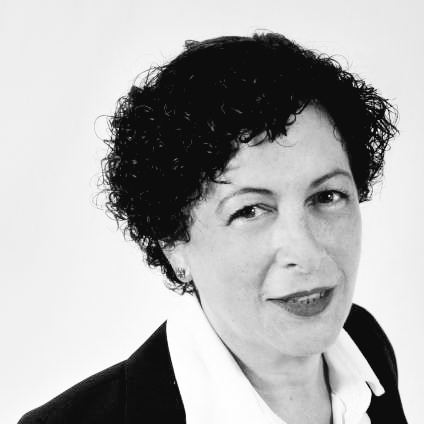
Hydrogen is a highly energy dense, zero-emission fuel that can be sourced from water using wind or solar energy. When it burns, it leaves nothing behind but water. If that sounds too good to be true, then it is -- at least for now. Currently, fossil fuels are the source for much of the world's hydrogen, and the dream of a sustainable "hydrogen economy" seems far away.
However, that gloomy outlook hasn't stopped the world's auto manufacturers from dabbling with electric vehicles powered by fuel cells. In the latest development, Toyota has taken things a step further, with the announcement of a new "full-fledged" carbon neutral hydrogen economy project involving two cities in Japan.
The hydrogen economy then
In 2003, MIT Technology Review published a scathing critique of the hydrogen economy, noting that hydrogen is typically manufactured from coal, petroleum and natural gas.
TriplePundit took a glance at the "hydrogen economy" concept back in 2005 and dug up this quote from The Energy Bulletin:
"Hydrogen isn’t an energy source – it’s an energy carrier, like a battery. You have to make it and put energy into it, both of which take energy."
That is the central issue. Hydrogen stores energy in a simple chemical bond, and although the energy density of hydrogen makes it an alluring fuel, manufacturing hydrogen involves a substantial expenditure of energy, and using it efficiently in a fuel cell involves technology costs as well.
For the record, until recently natural gas was thought to be a cleaner alternative to coal and petroleum, but a growing pile of evidence indicates that a long list of impacts, including fugitive methane emissions, water resource issues and earthquakes, is wiping out any advantage that natural gas has at the tailpipe.
The hydrogen economy now
Well, that was then. Despite an ongoing chorus of critics -- the latest being a quip from Tesla CEO Elon Musk to the effect that fuel cell vehicles are "BS" -- hydrogen fuel cells have been sliding into mainstream markets.
In 2012 TriplePundit took a somewhat more balanced look at the issue and assessed the pros and cons of fuel cells, and by last spring we were noting the growing popularity of fuel cell vehicles in the logistics industry.
Other recent developments in the U.S. include the creation of a national fuel cell vehicle refueling network spearheaded by California and a GM fuel cell fleet project for the U.S. Army in Hawaii. Stationary fuel cells are also being adopted by major corporations, notably Ikea, which just this past summer announced a solar-enabled stationary fuel cell system for its store in Emeryville, California.
On the global scene, the manufacture of hydrogen from renewable energy, known as power-to-gas, is taking shape as national policy in Germany and Switzerland.
The Toyota hydrogen economy experiment
That brings us up to Toyota and its hydrogen economy demonstration project in Japan, announced last week.
Yokohama and Kawasaki, coastal cities in the Keihin region, are the two cities involved in the new project. Local wind power will be used to manufacture hydrogen from water through electrolysis, which basically involves splitting water by using an electrical current, and the hydrogen will be stored for local use.
The project is still in the planning phases and, at least at this point, Toyota leaves room for the possibility that grid power will occasionally be needed. On the optimistic side, it's also possible that the system may generate more hydrogen than can be used locally, in which case excess wind energy could be sold to the grid.
Toyota lists these components for the new project:
- A system to produce hydrogen by electrolyzing water using wind power
- A system to optimize storage and transportation of hydrogen produced
- Use of fuel cell forklifts
- A hydrogen supply chain feasibility study (hydrogen price, carbon emissions reduction, etc.)
Also participating in the project are the Kanagawa Prefectural Government, Iwatani Corp. and Toshiba, along with Toyota Motor Corp. and Toyota Turbine and Systems Inc. The project is anticipated to begin in 2016 and last about four years.
Toyota is rolling out its new fuel cell electric vehicle Mirai in the U.S. this fall, so stay tuned.
As for the hydrogen economy, as American writer and satirist Mark Twain once famously cracked, "the reports of my death have been greatly exaggerated."
Images courtesy of Toyota

Tina writes frequently for TriplePundit and other websites, with a focus on military, government and corporate sustainability, clean tech research and emerging energy technologies. She is a former Deputy Director of Public Affairs of the New York City Department of Environmental Protection, and author of books and articles on recycling and other conservation themes.














